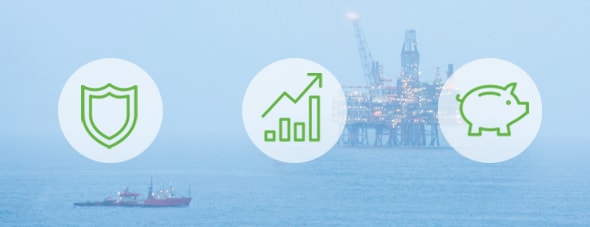3 Reasons to Audit Your Offshore Fluid System
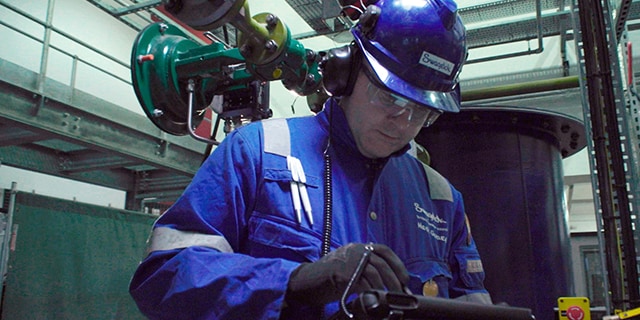
3 Reasons to Audit Your Offshore Fluid System
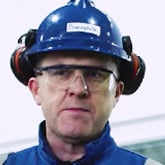
“Is that really the state of my rig?”
If you are the operator of an offshore hydrocarbon platform, this is a phrase you do not want to find yourself saying.
But in my work as a field engineer for Swagelok Scotland, these are words I have heard from hydrocarbon executives after I have presented an audit of their small-bore tubing systems on offshore platforms. Leaky valves, bad fluid system connections, and mismatched specifications are common findings. Each of these things could be actively costing the operator money and risking crew safety—and the operator has no idea they are happening.
Want to have a clearer picture of the state of your rig? Here are three reasons why offshore hydrocarbon platforms benefit from a third-party audit, and you could, too:
 Isolation can breed complacency.
Isolation can breed complacency.
A third party presents an objective viewpoint—and sometimes that is needed in the offshore environment.
Despite the high stakes of offshore drilling, complacency can always begin to set in. Crews are working in isolation, and it is not uncommon for some unsafe practices to develop. Perhaps unexpectedly, this is sometimes more likely to occur if the crew has a lot of experience.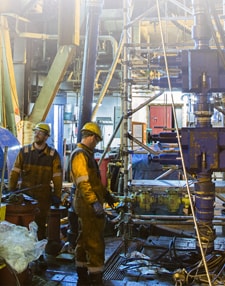
Elsewhere, growing complacency could result in crews downplaying obvious issues. Here is another quote you probably do not want said about your offshore rig:
“Oh, that? It always smells a little bit like gas around here.”
This is something else I have heard, this time from an offshore technician on the platform. The smell of gas is a red flag, almost certainly indicating a leak—and potentially a significant one. A third-party auditor can identify these sorts of problems, and further, may help renew the crew’s sense of urgency.
 Leaks may be going unnoticed.
Leaks may be going unnoticed.
Leaks are common in just about every industrial environment. It could be something as benign as compressed air or some other nonhazardous gas—comparatively minor annoyances, but ones that can still lead to lost dollars.
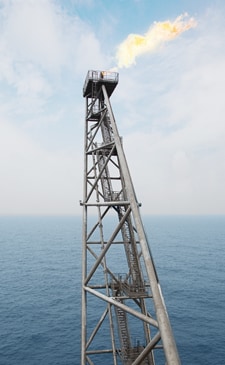
Nevertheless, based on Swagelok’s evaluation of numerous offshore platforms in some harsh environments, including the North Sea and the Gulf of Mexico, it is not uncommon to find small, undetected leaks that have gone unnoticed. Depending on the system fluid, undetected leaks can lead to inefficiency, downtime, or potential safety hazards.
Periodic third-party assessments can help uncover any leak issues that may be going unnoticed. An outside partner whose sole job is to find and identify leaks (or other performance issues), often utilizing state-of-the-art equipment that may be unavailable in-house, may be better equipped to assess and enhance system performance than rig crews who are already juggling numerous responsibilities.
 Your specification may have become convoluted.
Your specification may have become convoluted.
For any critical fluid or sampling system, it is recommended that all small-bore tubing and associated tube fittings be provided by the same manufacturer. Why? Because products that are designed to work together simply perform better together.
But any system evolves over time. An initial specification may indicate the use of a specific brand of tube fitting. Later, a new turbine from a different manufacturer may be installed. Then, a new skid is incorporated—made by yet another OEM.
This can not only lead to performance issues due to product intermix, but it also adds unnecessary complexity to inventory and ordering processes. For these reasons, it is worth a periodic check-in to ensure consistency. Revise specifications if necessary. Products designed to work together not only perform better together—they can help streamline your operation, too.
Once a third party has identified any of these or other issues that could be occurring on your offshore platform, operators need a plan of action to fix them. A good, thorough audit of any application, be it an offshore platform or any other fluid system, should result in a list of realistic recommendations so operators are able to take immediate corrective action.
Through its evaluation and advisory services, Swagelok provides just that to its offshore customers. And because we do not perform corrective services ourselves, we work to report out the true state of the systems we evaluate, identifying only the most impactful improvements that can be made to help you stay safe, efficient, and profitable.
Interested in learning more about offshore audits and how you might benefit? Contact us today.
Related Articles
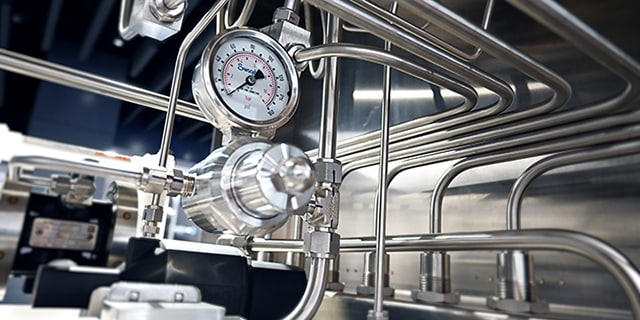
Optimizing Medium-Pressure Oil and Gas Applications with Compression Fittings
For medium-pressure applications in oil and gas topside assets, the speed and performance benefits of compression fittings can make all the difference.
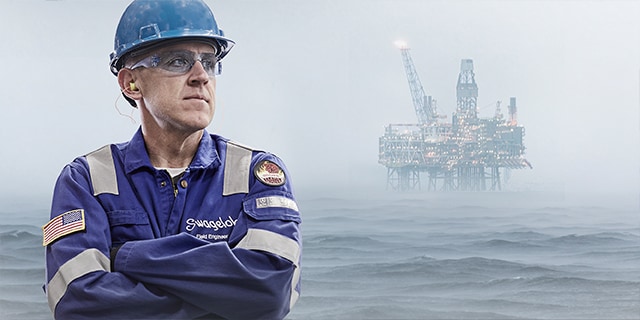
How Training Can Minimize Risk on Oil and Gas Platforms
Proper training on critical fluid system activities is important on oil and gas platforms. Learn how the right training can help prevent accidents.
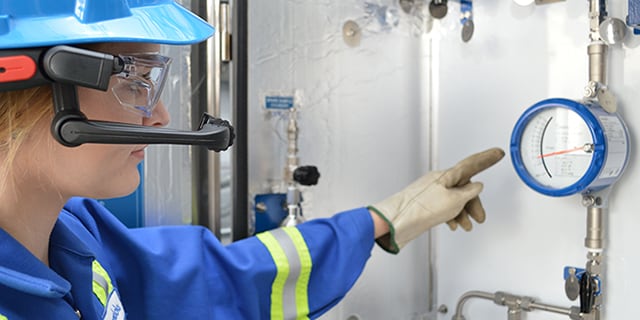
Your Industrial Fluid System Safety Checklist
Follow these best practices to enhance the safety of your industrial fluid system.


